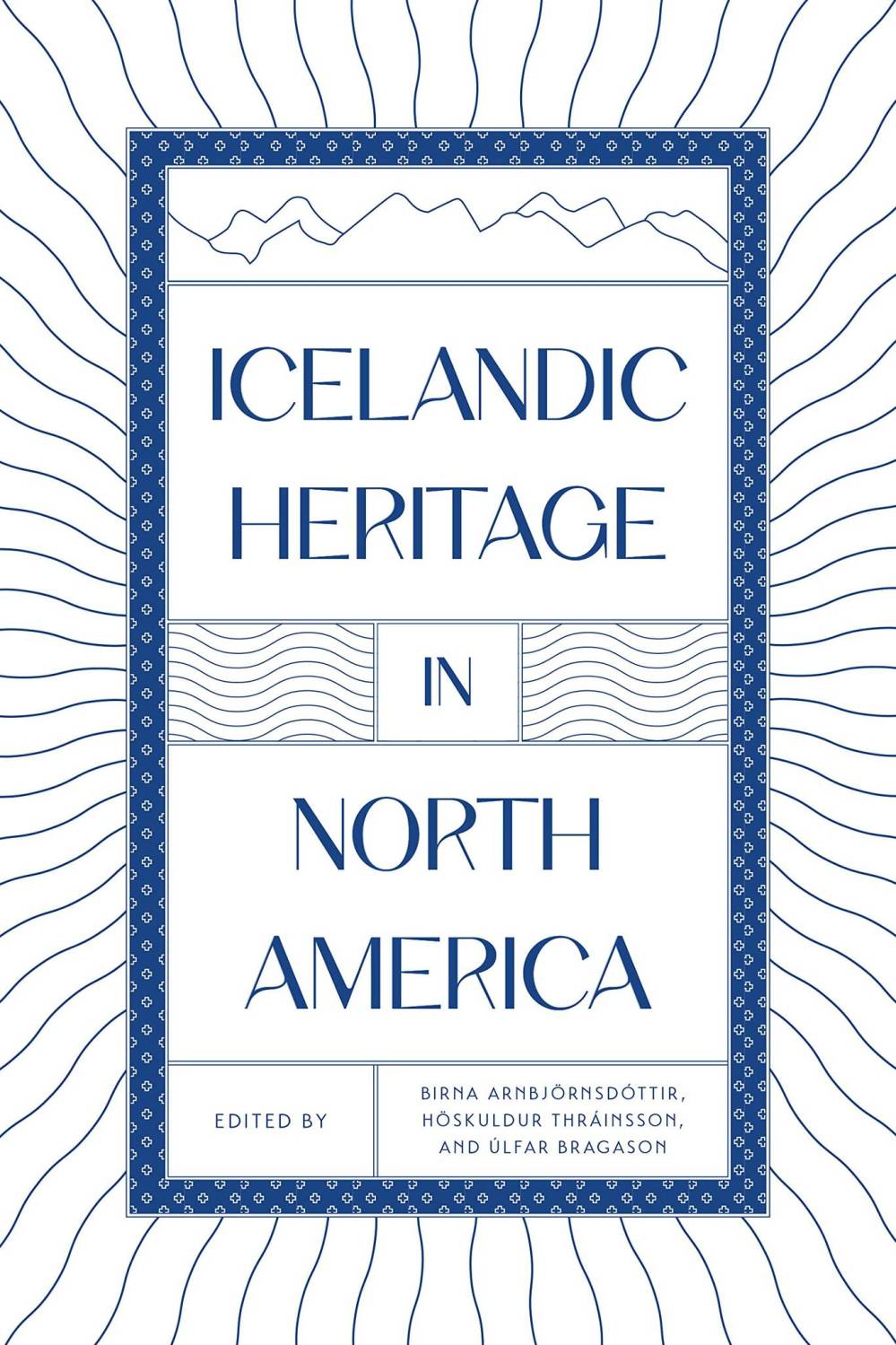Icelandic immigrants’ experience in North America explored
Advertisement
Read this article for free:
or
Already have an account? Log in here »
To continue reading, please subscribe:
Monthly Digital Subscription
$0 for the first 4 weeks*
- Enjoy unlimited reading on winnipegfreepress.com
- Read the E-Edition, our digital replica newspaper
- Access News Break, our award-winning app
- Play interactive puzzles
*No charge for 4 weeks then price increases to the regular rate of $19.00 plus GST every four weeks. Offer available to new and qualified returning subscribers only. Cancel any time.
Monthly Digital Subscription
$4.75/week*
- Enjoy unlimited reading on winnipegfreepress.com
- Read the E-Edition, our digital replica newspaper
- Access News Break, our award-winning app
- Play interactive puzzles
*Billed as $19 plus GST every four weeks. Cancel any time.
To continue reading, please subscribe:
Add Free Press access to your Brandon Sun subscription for only an additional
$1 for the first 4 weeks*
*Your next subscription payment will increase by $1.00 and you will be charged $16.99 plus GST for four weeks. After four weeks, your payment will increase to $23.99 plus GST every four weeks.
Read unlimited articles for free today:
or
Already have an account? Log in here »
Hey there, time traveller!
This article was published 05/08/2023 (854 days ago), so information in it may no longer be current.
If you can say “Íslendingadagurinn,” you’ve already got one foot in the door of the Icelandic legacy in North America. But a new collection of essays on Icelandic culture here can take you even further.
The anthology’s contributors explore that identity as it developed after the first Icelanders came to Canada and the U.S. in the 19th century. They explore personal accounts, literature, linguistic changes and, inevitably, language loss.
This new English edition of 15 essays has been revised and updated since the volume’s original 2018 publication in Icelandic.

Some contributors will be familiar to Manitobans, particularly former heads of the Icelandic department at the University of Manitoba, Kirsten Wolf and Birna Bjarnadóttir, and former U of M Icelandic professor Kristín M. Jóhannsdóttir.
Emigrating is never easy, especially given the fraught political situation in Iceland when most migrants left, as the country sought independence from Denmark and many lived in poverty. Life was scarcely easier in North America, with many moving across provincial and state lines in search of opportunity.
This fostered connections — and tensions — within the wider Icelandic community in North America, as well as with Iceland itself.
Vilhelm Vilhelmsson’s essay on political radicals in the early Icelandic communities in Manitoba, for example, reveals rifts between proponents of anarchism, feminism and socialism and community leaders who wanted Icelanders to be seen as willing to assimilate smoothly into Canadian society.
Focusing on personal stories, Alda Möller contrasts two brothers’ lives settling in Nebraska in the 1870s, drawing from regular letters they sent their older brother in Iceland. Larus Barnason, the middle brother, prospered but lived a solitary, lonely life; the youngest, Albert, clearly missed his homeland, but ultimately married an American and took a more active part in his new country.
Guðrún Björk Guðsteinsdóttir explores the literary reflections of the disruption caused by immigration through the lens of Einar Hjörleifsson Kvaran’s short story Vonir (“Hopes”). It’s both a bittersweet tale of a young man finally journeying from Iceland to reunite with his sweetheart who used his savings to emigrate to Winnipeg two years earlier and a portrait of the mass of Icelandic immigrants debarking at the CPR train station.
Kvaran left his mark on Icelandic-Canadian culture in other ways: he helped found both the newspapers Lögberg (1886) and Heimskringla (1888), since amalgamated and still publishing, as well as Íslendingadagurinn (the Icelandic Festival of Manitoba).
Literature also highlights the dilemma of the early immigrants. Birna Bjarnadóttir considers two poets who came to Canada on the same ship: Stephan G. Stephansson and Undina (Helga Steinvör Baldvínsdóttir). Both wrote only in Icelandic, capturing the vivid details of the Atlantic passage and later experiences in the U.S. and Canada — but with the loss of Icelandic in North America, their works are better known in the country they left behind.
The importance of literacy was problematic, as immigrants brought as many books as possible with them. Katelin Parsons notes one Icelander lamented in 1906 that “we will never truly know how much Icelandic lore, tangible heritage and culture has been transported to the New World… over the last 30 years.”
Of particular interest to students of Icelandic, linguistics and heritage languages are the detailed chapters on North American Icelandic, how it differs from the language in Iceland and its importance to the descendants’ sense of identity — even if they can no longer speak it.
For those broadly familiar with Icelandic history in North America, this collection will illuminate details through a rigorous, academic lens. Readers of Manitoban and post-Confederation Canadian history will also find vivid portrayals of societal changes through the generations — a refreshing new look at what is often presented as a steady, inevitable march of assimilation.
David Jón Fuller studied Icelandic language and literature for two years at the University of Iceland and is a former editor of Lögberg-Heimskringla.

Our newsroom depends on a growing audience of readers to power our journalism. If you are not a paid reader, please consider becoming a subscriber.
Our newsroom depends on its audience of readers to power our journalism. Thank you for your support.



